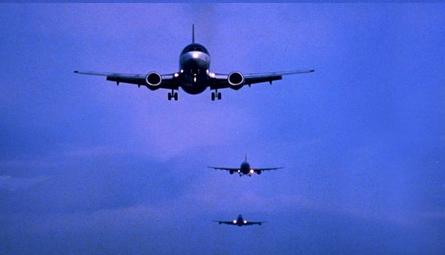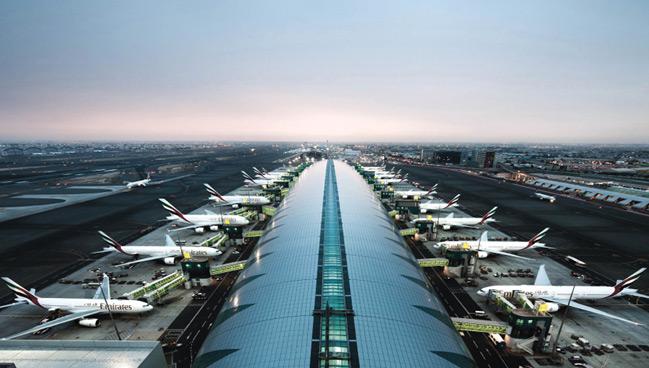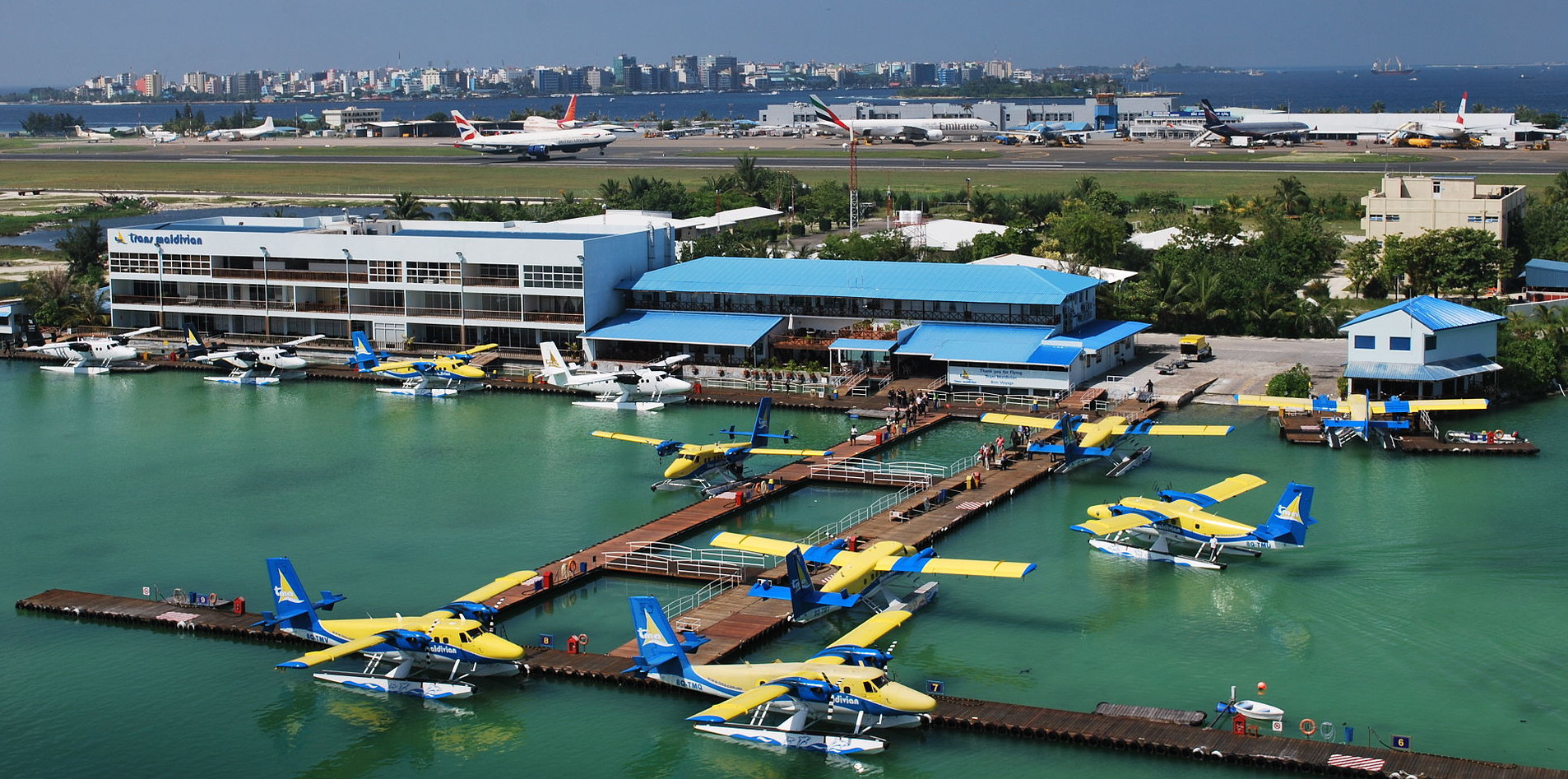
SECURE CRITICAL MASS
Banks create connections, but at the price of peak workload at the airport
OPTIMAL HUB STRUCTURE DESIGNMAIN DRIVER OF COMMERCIAL IMPACT & NETWORK EFFICIENCY |
|
The success of a hub depends on its structure.
|
|

SECURE CRITICAL MASS
Banks create connections, but at the price of peak workload at the airport
Network profits can suffer severely from operating a hub under critical mass.
This can be the case when a structure is too ambitious or when banks are split to resolve other issues.
Preventing this is important to secure that connectivity does not decrease exponentially.

EFFICIENT USE OF PEAKS
A hub structure has to be on par with the size of the airline and the shape of the network
Concentrating flights in banks has a strong multiplier effect in earning power. However, as a bank size increases, so do costs and congestion.
Also, at a certain point, the incremental benefits of new connections can start degrading.
A solid hub structure design takes into account the optimal size of each wave.

DEAL WITH THRESHOLDS FOR CHANGE
The wide implications of changing a hub structure can form a serious threshold
Changing over a hub structure is like moving a living tree; not something to take lightly.
However, in the course of time, a structure that was successful before, can become outdated. A healthy airline cannot afford to let this happen.
The key is company-wide involvement in detecting commercial and operational bottle-necks, adjusting plans to feasible work arounds.

FOR ALL TYPES OF AIRLINES
The efficiency of connectivity is a profit factor for airlines of all sorts & sizes.
The exact economies may vary, but optimizing is important for all networks.
Even die hard LCC's carry a significant portion of network induced traffic.